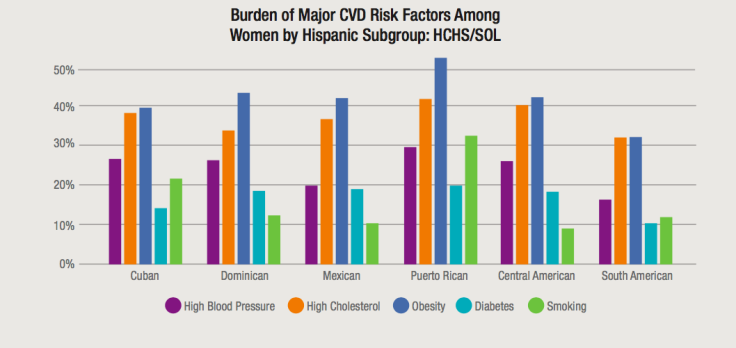
Heart disease and stroke cause approximately 399,028 women to die each year in the US. Cardiovascular diseases in general are the leading cause of death for women of all races and ethnicities, including African American, American Indian/Alaskan Native, Asian/ Pacific Islander, Hispanic, and White women.
But why are women at higher risk? Certain unique sex-specific risk factors such as early onset of menopause, lupus, rheumatoid arthritis, and complications of pregnancy like gestational diabetes, are associated with an increased risk for heart disease.
Type-2 diabetes, hypertension, hyperlipidemia, obesity, physical inactivity, metabolic syndrome, cardiovascular complications of pregnancy, depression, stress, and sleep disorders are well-known risk factors for heart disease that disproportionately affects more women than men.
Only 1 in 3 Black and Hispanic women recognize heart disease as the leading cause of death among women, even though the risk has remained the leading cause of death since 1910.

Reason why women from some race/ethnicities at greater risk for heart disease:
- Black women are more likely to have hypertension compared to non-Hispanic White and Mexican American women.
- Diabetes prevalence is much higher in Black and Mexican American women compared to non-Hispanic White women.
- Risk factors such as overweight, obesity, and physical inactivity are greater among Black and Hispanic women, than among White Non-Hispanic women.

Many of us have seen the movie scenes that portray a man having a heart attack. In these scenes, the man gasps and clutches his chest then falls to the ground. In reality, a heart attack victim is more likely to be a woman - and the symptoms of heart attacks in women may not be that dramatic!
Signs and Symptoms of a Heart Attack:

Getting treatment fast is key to a reducing the risk of death and disability from a heart attack. If you have any of these signs, call 9-1-1 and get to a hospital right away!
© 2024 Latin Times. All rights reserved. Do not reproduce without permission.




